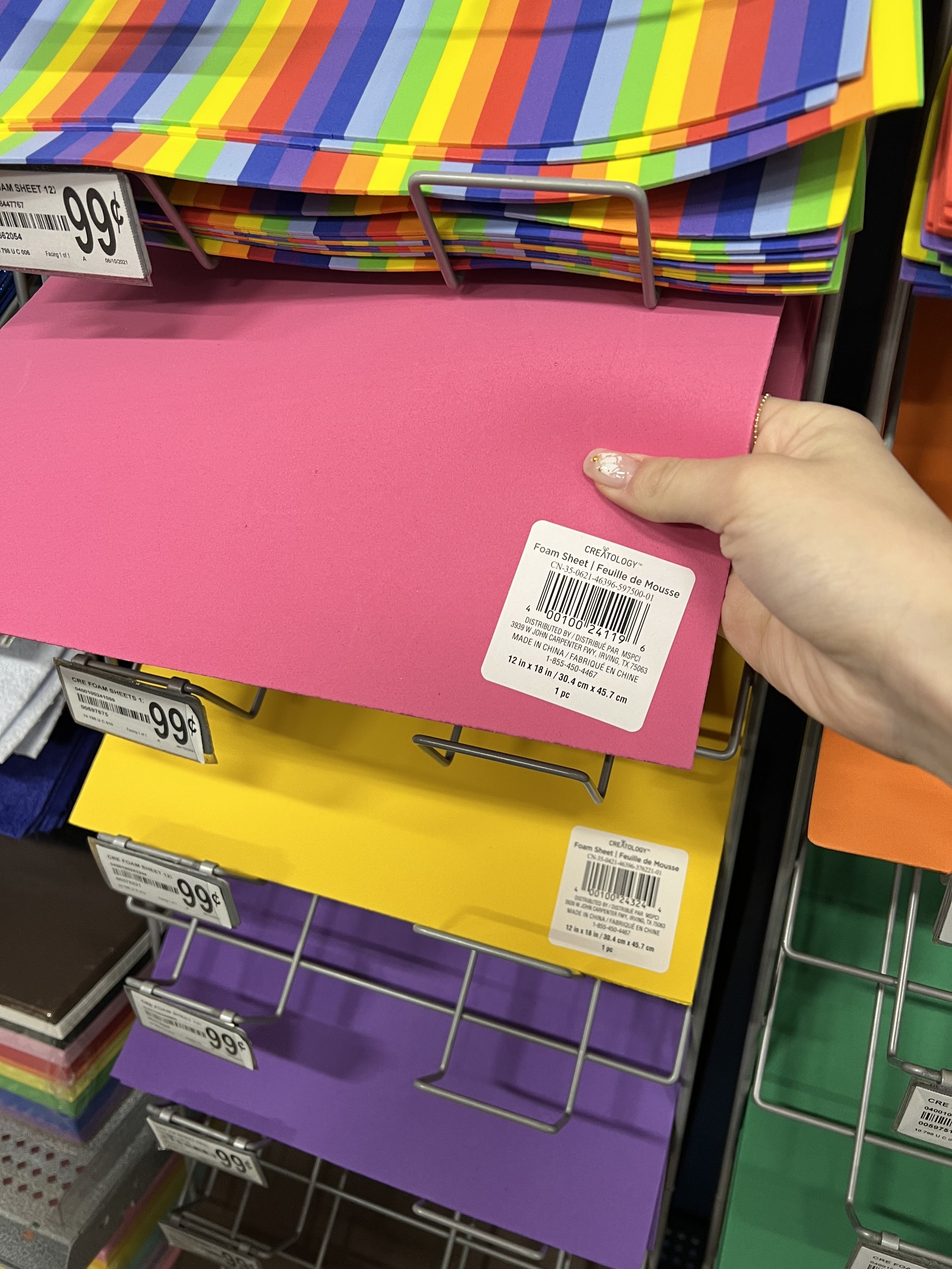Soft Opportunities in the Wild
Akshita Bawa, Sean Zhu, and I visited Michael’s, a craft store, to explore soft materials
Blog post is written with Akshita Bawa. Link to her blog post
Beads on strings
My favorite material I found was these varieties of beads on strings. As they are technically “strings”, only more colorful and exciting, I thought I could use these materials cable control or an extension of it.
Slime + Jelly Material
I am not completely sure how we can use these materials but with how expressive they can be with colors, materials, and even the feel, I believe slime and jelly can be excellent candidates for soft robotics exploration. A possible idea would be using vibrations to move these materials. Another theory is to control the temperature.
Yarn
A colorful and common material that can definitely be used in cable control. Yarns come in a variety of thicknesses and visual properties that can affect how they may control a certain mechanism. It is also interesting to explore knitting as a form of soft robotics.
Leather
I believe leather is an interesting material although I do not have a lot of experience with it. Perhaps the limited stretchiness of the material, can allow for unique cable control. While leather isn’t too stretchy at first, it will stretch over time under constant pressure. Another idea would be to utilize its texture as it has some traction, while not as much as rubber.
Chords
I found a variety of chords with varying stretchiness. The first picture shows rubber bands, the stretchiest of them all. The second are called loopers which have some sort of stretchiness but not a lot. The third are chords which are not stretchy at all.
Chenille Stems
PomPoms
We found pompoms in various sizes and colors at the store. Pompoms can possibly be used by attaching them together to create squishable toys and products. Another possibility would be to utilize this material as buffers or fillings and can shield hard components from damage.
Chenille stems have moldable wire (hard) center with softer yarns coming out. Akshita think’s they can be used to create the rigid shapes and provide structure with softer feel.
Fabric
When people talk about soft materials, the fabric is the first thing that comes to mind. Fabrics have a vast amount of usability. They can be cut into any shape and size and can be given any form.
Felt
Foam
Both foam sheets and felt sheets have a very soft touch. Akshita is eager to try to print circuits on these sheets which will allow creating connections with a softer touch. Another option would be to use the embossed printer to create raised dots which are being used currently on the normal paper to help blind people read.






















